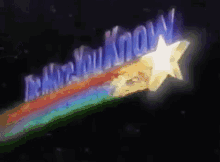ImBillT
Well-known member
- Joined
- Oct 29, 2018
- Messages
- 3,996
So your problem is not that you can’t draw, it’s that you can’t schedule all of the hunts that most people will never draw in their entire lifetimes in a manner that is convenient for you. Is there anything more you would like from everyone a few years behind you?I want the archery hunt, which takes place the same time CO unit 61 archery elk. So I have to pick one or the other. Plus after waiting so long I don’t want to compromise either. Been there done that.





